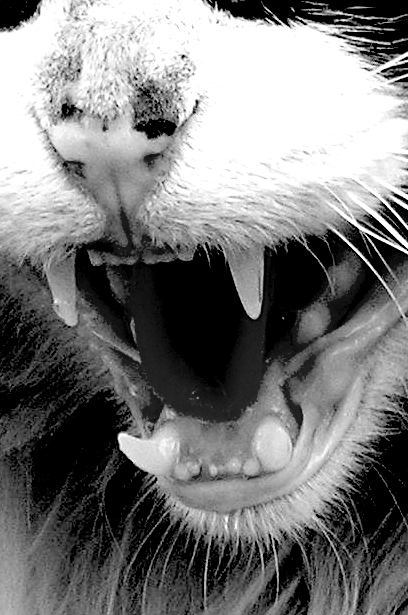Invasive data updated
 Scientists worldwide have assessed the economic toll of biological invasions and effective government management strategies.
Scientists worldwide have assessed the economic toll of biological invasions and effective government management strategies.
A new database called InvaCost currently boasts 13,553 entries in 22 languages, involving 145 researchers from 44 countries.
This resource enables researchers to gain a comprehensive understanding of the severe threats posed globally by invasive species to ecosystems, biodiversity, and human well-being.
Biological invasions occur when species are intentionally or accidentally introduced to regions outside their natural habitats by human activity. These invasions, spanning from cats and weeds to crop pests and diseases, have become a worldwide crisis.
The economic impact of invasive species has exceeded a staggering 2 trillion US dollars globally since the 1970s.
These costs encompass damage to goods and services and the expenses related to their management. Unfortunately, these economic burdens continue to escalate.
A recent synthesis, published in BioScience, chronicles the InvaCost initiative's journey.
This study outlines the evolution of invasion cost assessment, beginning with the shortcomings of previous scientific literature, followed by how InvaCost has rectified these issues. It also highlights potential avenues for research and policymaking in the future.
InvaCost originated in 2014 due to the reliance on outdated and unsubstantiated sources for previous invasion cost estimates. Its primary focus was initially on invasive insects, as they are among the most destructive invasive species.
Researchers have harnessed the InvaCost database to produce over 50 scientific publications. These publications offer cost assessments at various geographical scales, for different species groups, diverse habitats, and various economic sectors.
Professor Corey Bradshaw, a key contributor to the database and lead researcher in this new study from Flinders University, says that as biological invasions worsen in the coming decades, the InvaCost database will continue to expand.
In 2016, Professor Bradshaw led the first major output from InvaCost, a global assessment of the costs associated with invasive insects.
In 2021, Bradshaw and collaborators combined the InvaCost database with other Australian datasets to estimate the cost of invasive species in Australia, revealing an economic toll of nearly $390 billion over six decades.
The study also cautions that without enhanced investments, reporting, and coordinated interventions, these costs will continue to rise.
Consequently, advocates are calling for urgent, coordinated national responses to the invasive species threat, which is identified as the leading driver of biodiversity loss in Australia according to an international report from the Intergovernmental Platform on Biodiversity and Ecosystem Services (IPBES).
The IPBES report, produced by 86 experts from 49 countries, highlights the global impact of invasive flora and fauna on ecosystems.
It reveals that more than 37,000 alien species have been introduced to regions worldwide through human activity, with 3,500 considered invasive and causing negative effects on nature and humans.
Australia, identified as a global hotspot for invasive species, has lost more native mammal species than any other continent, with over 100 species declared extinct or extinct in the wild.
In response to the IPBES report, Australia's Chief Environmental Biosecurity Officer, Bertie Hennecke, has emphasised the need for prevention rather than managing established invasive species.
While Australia launched a national biosecurity strategy in 2022, experts stress the importance of coordinated legislation between jurisdictions to effectively combat the invasive species threat.
The Invasive Species Council has called for the establishment of an independent body to coordinate environmental biosecurity responses and increased funding for the federal chief environmental biosecurity office.








 Print
Print